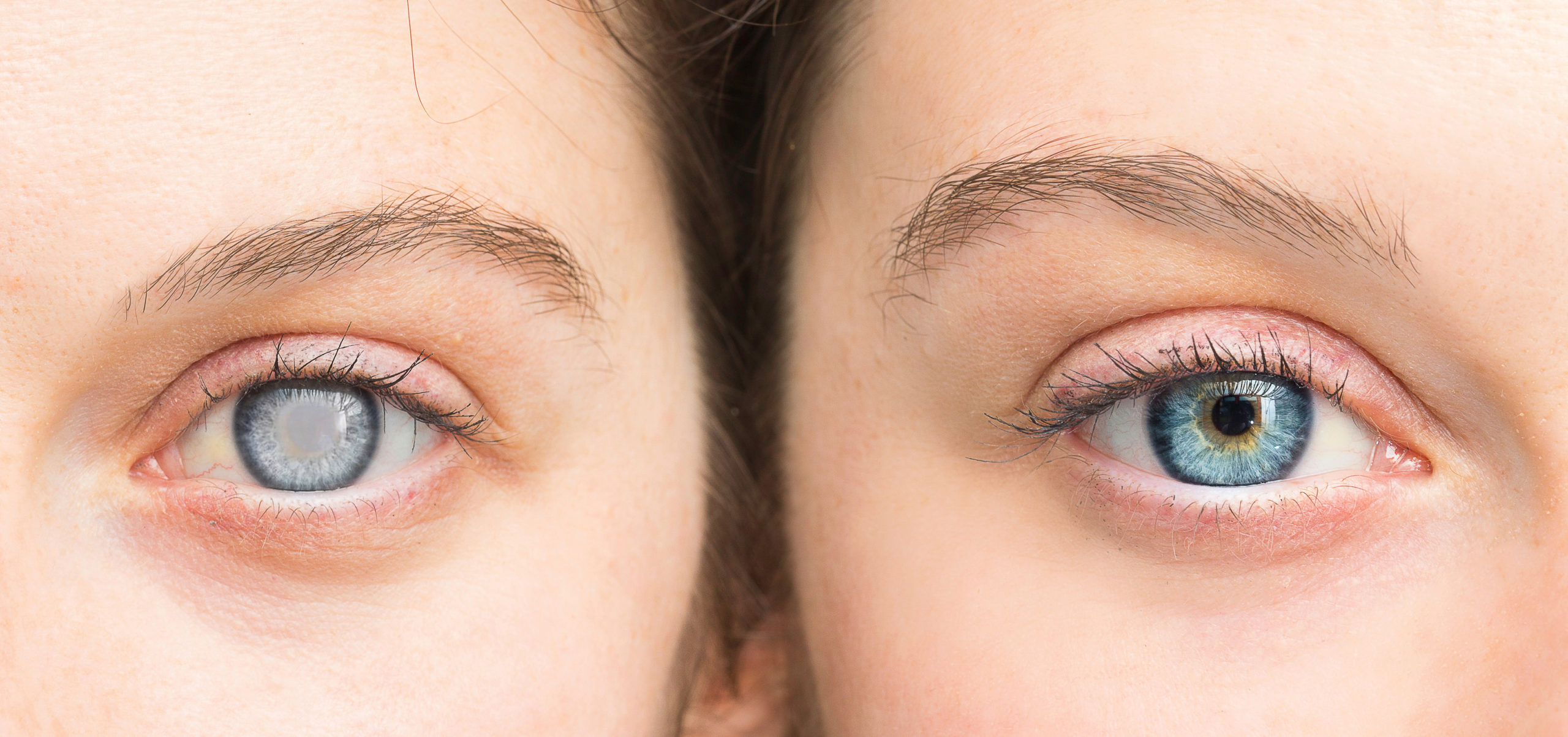Cataracts vs. Glaucoma: Understanding the Differences

Cataracts and glaucoma are two common eye conditions that can affect vision and quality of life. While both conditions can lead to vision loss if left untreated, they have distinct causes and require different approaches to diagnosis and treatment. In this blog post, we will explore the differences between cataracts and glaucoma, helping you understand these conditions and their impact on eye health.
What are Cataracts?
Cataracts refer to the clouding of the natural lens of the eye. They commonly occur due to age-related changes, but can also result from other factors such as genetics, trauma, or certain medications. Cataracts cause progressive blurring of vision, increased sensitivity to light, difficulty seeing at night, and reduced color perception. As cataracts develop, they interfere with the clear passage of light into the eye, leading to vision impairment.
What is Glaucoma?
Glaucoma is a group of eye conditions characterized by damage to the optic nerve, usually caused by increased intraocular pressure (fluid pressure within the eye). The most common form, called primary open-angle glaucoma, develops gradually and often has no noticeable symptoms in the early stages. As the disease progresses, it can lead to peripheral vision loss, tunnel vision, and, in severe cases, central vision loss. Glaucoma requires prompt diagnosis and treatment to prevent further damage to the optic nerve.
What are the Key Differences between Cataracts and Glaucoma?
Understanding the key differences between cataracts and glaucoma is essential for recognizing the symptoms, seeking timely treatment, and preserving your vision. Read on for a brief breakdown of the differences of both
Causes:
Cataracts primarily result from the natural aging process or other factors that affect the clarity of the eye’s lens. On the other hand, glaucoma is usually associated with increased intraocular pressure that damages the optic nerve. The exact causes of glaucoma are not fully understood but can involve a combination of genetic and environmental factors.
Symptoms:
Cataracts typically cause visual symptoms such as blurry vision, glare, and difficulty with reading or driving, especially at night. Glaucoma, especially in its early stages, often has no noticeable symptoms. As the disease progresses, peripheral vision loss may occur, but central vision remains relatively unaffected until later stages.
Diagnosis:
Diagnosing cataracts usually involves a comprehensive eye examination performed by an eye care professional. They will evaluate your symptoms, perform visual acuity tests, and examine the lens using specialized instruments. Glaucoma diagnosis requires additional tests, including measuring intraocular pressure, evaluating the optic nerve using imaging techniques, and assessing visual field changes.
Treatment:
The primary treatment for cataracts is surgical removal. Cataract surgery involves replacing the cloudy lens with an artificial intraocular lens, restoring clear vision. Glaucoma treatment aims to reduce intraocular pressure to prevent further damage to the optic nerve. Treatment options may include eye drops, oral medications, laser therapy, or surgical procedures, depending on the severity and progression of the condition.
Prognosis:
With cataract surgery, the success rate is generally high, and vision can be significantly improved. The procedure is considered safe and can restore clear vision in most cases. In contrast, while glaucoma progression can be slowed or halted with treatment, any vision loss that has already occurred is irreversible. Regular monitoring and management are necessary to prevent further damage and preserve vision.
Seeking Treatment and Preventive Measures
Early detection and treatment are crucial for both glaucoma and cataracts to prevent vision loss and preserve eye health. Regular comprehensive eye exams, especially for individuals at higher risk, can help detect these conditions in their early stages when treatment is most effective. Additionally, practicing healthy habits such as wearing UV-protective eyewear, maintaining a balanced diet, and managing chronic health conditions can reduce the risk of developing these eye disorders.
Trust SightMD with your Eye Care
Understanding the differences between glaucoma and cataracts is essential for maintaining optimal eye health and preserving vision. By recognizing the distinct characteristics, symptoms, risk factors, and treatment options for each condition, individuals can take proactive steps to prioritize their eye care and seek timely intervention when needed. If you have concerns about your vision or are due for a comprehensive eye exam, schedule an appointment with the experienced ophthalmologists at SightMD. Our team is dedicated to providing personalized eye care and innovative treatment solutions to help you achieve and maintain clear, healthy vision for life.


